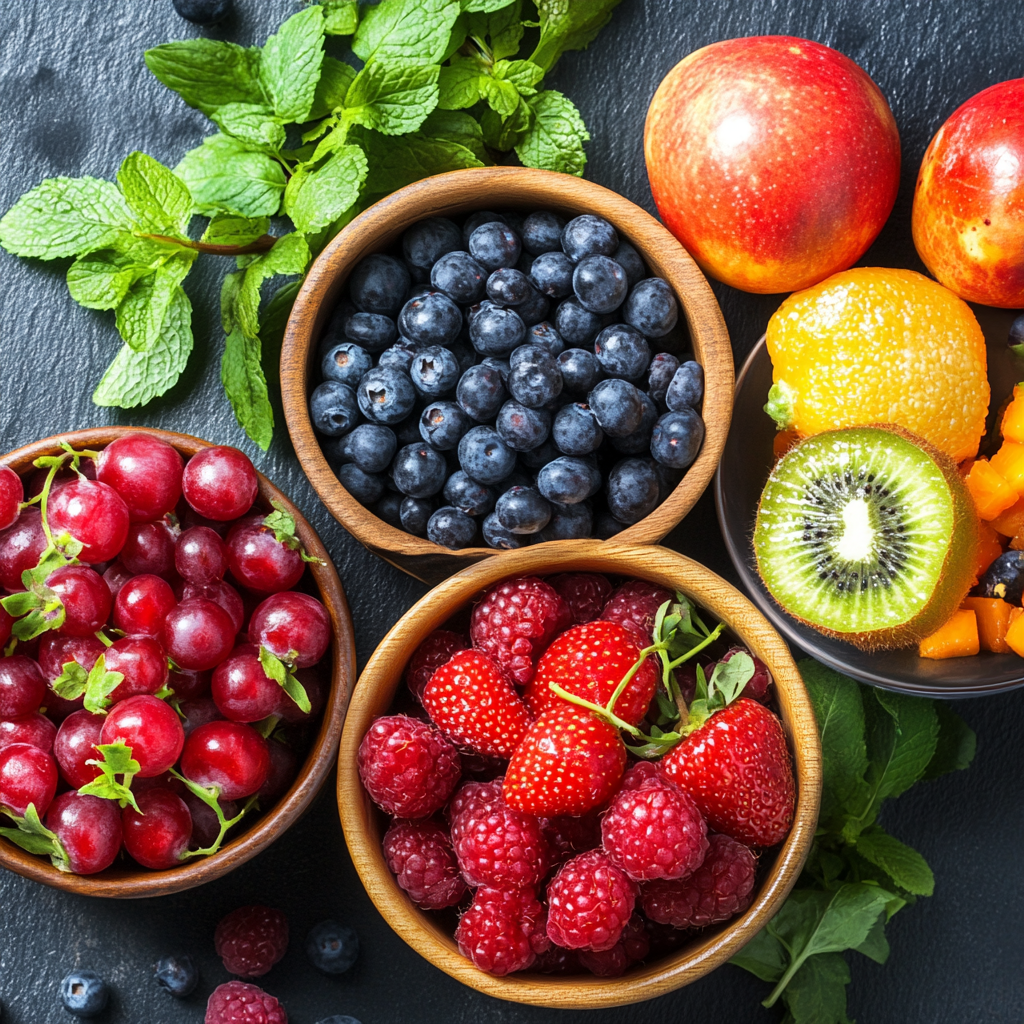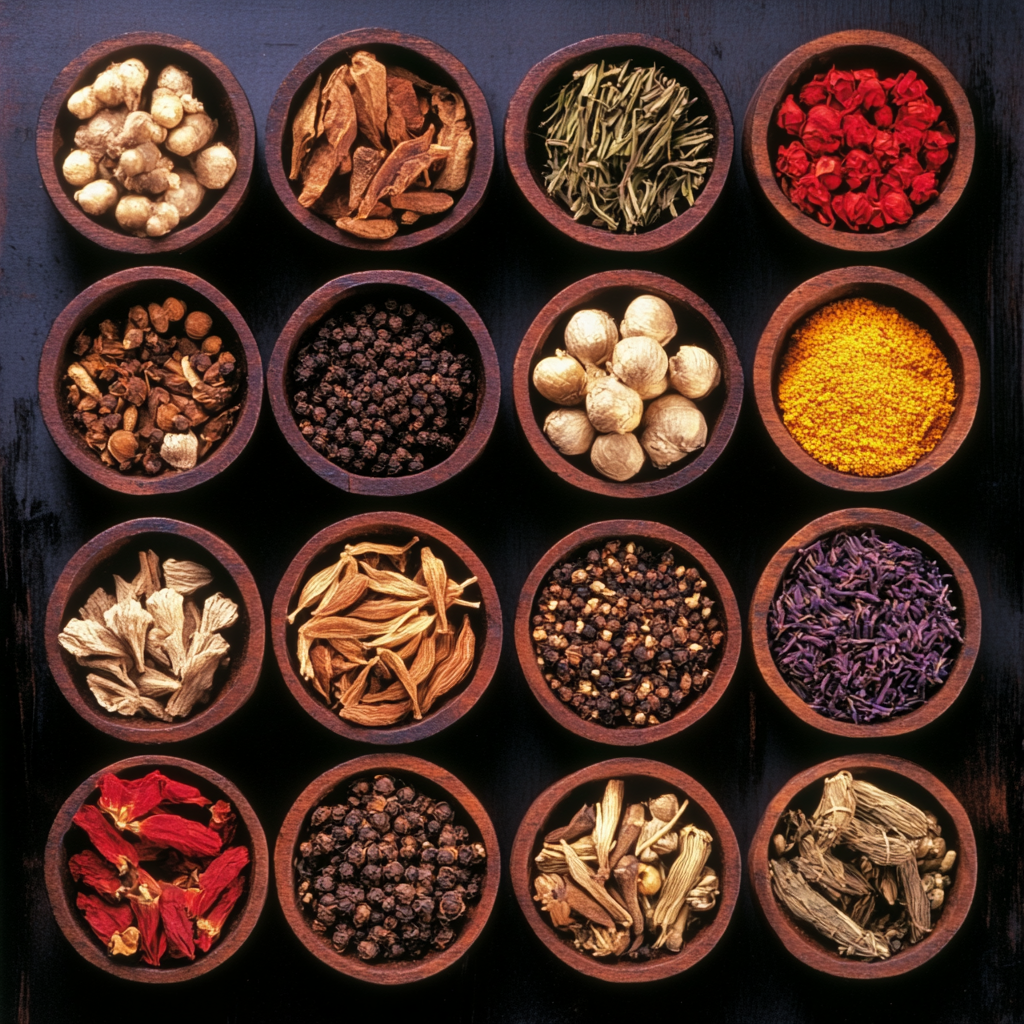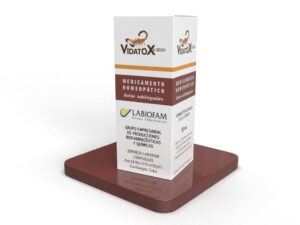Proper Nutrition to Fight Cancer: A Comprehensive Guide to Reducing Cancer Risk
Cancer Prevention Food alone may not cure cancer yet, but it can help prevent or significantly reduce the risk of many oncological diseases. From adding flavor-boosting herbs to moderating your overall calorie intake, the diet we follow each day plays a fundamental role in shaping our long-term health. In this guide, we’ll examine how proper nutrition supports your body against cancer, discuss common dietary pitfalls, and outline simple ways to improve daily eating habits to bolster your immune defenses.
Table of Contents
- Introduction: Why Nutrition Matters in Cancer Prevention
- The Link Between Diet and Cancer Risk
- Understanding Oxidants and Antioxidants
- Key Anticancer Foods and Ingredients
- Practical Tips for Healthier Eating
- Power Herbs and Spices: A Natural Shield Against Disease
- Key Takeaways
- Disclaimer
1. Introduction: Why Nutrition Matters in Cancer Prevention
Cancer remains a serious global threat. Despite numerous scientific achievements—from artificial intelligence to advanced disease tracking—humanity still grapples with finding a definitive cure. Fortunately, ongoing research continues to unravel clues that may eventually lead to an effective universal treatment.
Although no single food can guarantee protection against cancer, nutritional choices do have a significant impact on your overall health and susceptibility to chronic diseases. This means every individual can take concrete steps to guard against various forms of cancer, simply by embracing a balanced diet and a proactive lifestyle.
Nutrition as the First Line of Defense
- Lowering Inflammation: Diets rich in whole foods and antioxidants can help reduce systemic inflammation, which contributes to disease processes.
- Boosting Immunity: Certain nutrients—like vitamins, minerals, and phytonutrients—empower the immune system to identify and eradicate precancerous or damaged cells.
- Reducing Exposure to Carcinogens: Properly storing and preparing foods minimizes contact with harmful chemicals that could promote cancer development.
2. The Link Between Diet and Cancer Risk

Studies indicate that unhealthy eating habits correlate with a heightened risk of cancers affecting organs such as the liver, pancreas, colon, and prostate. Excessive consumption of processed foods high in additives, sugar, or saturated fats fosters an internal environment where cellular damage and malignant transformations become more likely.
Conversely, a well-balanced diet loaded with fresh fruits, vegetables, whole grains, and lean proteins tends to reduce cancer risk by stabilizing weight, controlling inflammation, and providing the essential nutrients necessary for optimal cell function.
Common Dietary Offenders
- High-Fat Processed Meats: Containing preservatives and nitrates associated with colon cancer.
- Excessive Sugar and Refined Carbs: Contributing to obesity and metabolic imbalances that encourage cancer cell growth.
- Poorly Stored Foods: Risk of molds or toxins like aflatoxins (especially in improperly stored nuts or grains).
3. Understanding Oxidants and Antioxidants

At the crux of nutrition-based cancer prevention lies the balance between oxidants and antioxidants in the body:
- Oxidants (Pro-Oxidants)
These substances can damage cells and provoke cancer by disrupting DNA structures. Sources include environmental toxins, some preservatives, and free radicals generated by normal metabolic processes. - Antioxidants
Compounds found abundantly in herbs, spices, fruits, and vegetables that neutralize damaging free radicals, thereby protecting cells from transformation or destruction.
Why It Matters
An imbalance, tilted too heavily toward oxidants, accelerates cell damage and creates fertile ground for tumor development. Maintaining a diet rich in antioxidants significantly bolsters your body’s defenses, potentially lowering the incidence of cancer.
4. Key Anticancer Foods and Ingredients
Research encourages frequent use of natural, unprocessed foods that supply essential vitamins, minerals, and phytochemicals. Some of the best include:
- Allium Family (Onions, Garlic, Leeks)
- Natural Immune Boosters: They contain sulfur compounds and allicin, which inhibit bacteria linked to ulcers and stomach cancer.
- Recommended Serving: 2–3 cloves of fresh garlic per day can contribute to overall disease prevention.
- Fresh Herbs and Spices (Rosemary, Parsley, Mint)
- Strong Antioxidant Content: Polyphenols and flavonoids that help guard cells against oxidative stress.
- Flavor and Nutrition: Enhance taste without relying on excessive salt or unhealthy sauces.
- Cruciferous Vegetables (Broccoli, Brussels Sprouts, Kale)
- Cancer-Fighting Compounds: Rich in sulforaphane, known for its potential to inhibit tumor growth and activate detoxifying enzymes.
- Berries (Blueberries, Strawberries, Raspberries)
- High in Vitamins and Fiber: Provide an antioxidant punch while aiding digestion.
- Anthocyanins: Potentially help slow the growth of certain cancer cells.
- Tomatoes
- Lycopene: Linked to a lowered risk of prostate cancer and other malignancies.
- Best Absorption: Slight cooking with a bit of oil helps release more lycopene.
5. Practical Tips for Healthier Eating
Embracing a cancer-preventive diet need not be restrictive or complicated. Rather, it’s about making smarter and more balanced choices daily.
5.1 Maintaining a Healthy Weight
- Avoid Extreme Diets: Starvation methods can weaken your immune system, negating potential benefits.
- Consistent Routine: Combine moderate caloric control with regular physical activities (e.g., brisk walking, light strength workouts) to naturally manage weight.
5.2 Balancing Your Diet
- Portion Control: Aim for a moderate plate composition—approximately half filled with vegetables/fruits, one-quarter grains, and one-quarter protein.
- Variety: Rotate through different produce items and protein sources (fish, lean meats, legumes) for well-rounded nutrition.
5.3 Reducing Fat Intake
- Low-Fat Cooking Methods: Steaming, baking, or grilling instead of frying or using excessive oil.
- Healthy Fats: Replace saturated fats with options like extra virgin olive oil, avocados, and nuts, which are less harmful and offer beneficial nutrients.
6. Power Herbs and Spices: A Natural Shield Against Disease

Herbs and spices deliver far more than enticing flavors; they often act as potent anticancer agents:
- Rosemary: Contains rosmarinic acid and carnosic acid, which exhibit anti-inflammatory and antioxidant properties.
- Parsley: Rich in flavonoids like apigenin, which may inhibit tumor growth.
- Mint: Provides antioxidants that potentially slow or prevent certain cancers by blocking the formation of carcinogens.
By integrating these additions into everyday cooking—sprinkling chopped parsley on salads or infusing mint into beverages—you bolster nutrient intake and cultivate an environment less favorable to cancer cells.
7. Key Takeaways
- Diet and Cancer Risk are Interlinked: Poor eating habits can elevate your chances of developing various cancers, while nutrient-rich choices contribute to prevention.
- Focus on Antioxidants: Regular consumption of antioxidant-packed herbs, spices, and vegetables help counteract harmful oxidants that might trigger cancer.
- Maintain Healthy Lifestyle Habits: Managing weight through balanced meals and physical activity complements the protective effects of anticancer foods.
- Moderation Over Restriction: Extreme dieting can weaken immunity; aim for a sustainable approach that prioritizes diverse whole foods.
8. Disclaimer
This article serves as an educational resource and does not replace medical advice. If you have a specific health concern or are at elevated risk for cancer, consult a qualified healthcare provider or nutritionist for individualized guidance. Eating well is a powerful ally in safeguarding against disease but should be part of a comprehensive prevention strategy that may include regular check-ups, screening tests, and maintaining a healthy lifestyle overall.


